-
Posts
564 -
Joined
-
Last visited
Content Type
Profiles
Forums
Blogs
Gallery
Events
Store
Posts posted by Harvey
-
-
Beginner here as well, but the bottom catch looks way off to me.
Looks like the original - not a repair job.
0 -
-
-
Concur. Looks like the date/location he was wounded - July 21st, 1941.
0 -
It appears to be some type of Ukrainian SSR labor award.
0 -
Can anyone help in identifying any of the other patches?
0 -
Thanks, JX -
How can you tell that the ribbon bars are artificially created?
I'm also curious about the patches in the lower left-hand corner. Some look like Imperial Army ratings, and others look like collar tabs, but with 5 gold or silver overlapped stars. Any information you could provide about these (or any other) objects would be most helpful. I can post better pictures if that would help...
0 -
Anyone? Anyone? Bueller?
0 -
I'm staying with an older couple here in Texas, and the wife's father was an Army medic who served with 10th Army on Okinawa. He brought back a number of items, among which are a long banner and what looks to be a letter. Can anyone help me with the translation of either of these two items?
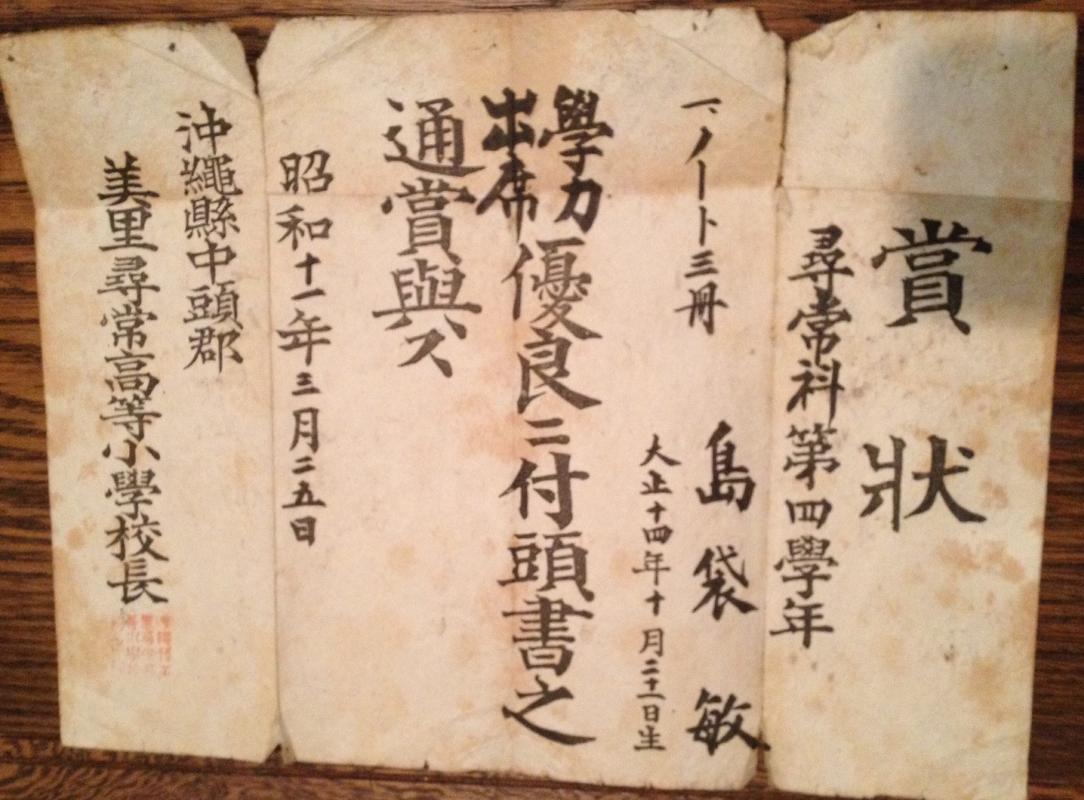
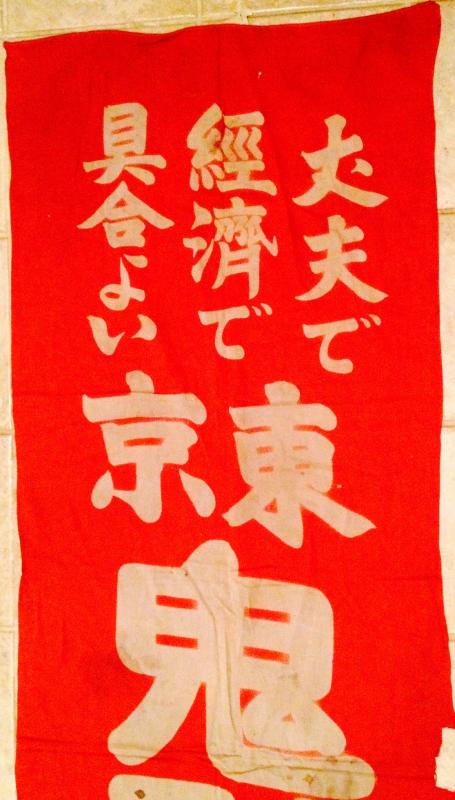
 0
0 -
These were brought back by a friend's father, who was a medic with 10th Army on Okinawa.
I'm particularly interested in any information y'all can provide on the unusual medal/ribbon bars - I've never seen anything like them before. Also, if anyone is able to translate the kanji on the flags I would be most appreciative.
-Dave Harvey


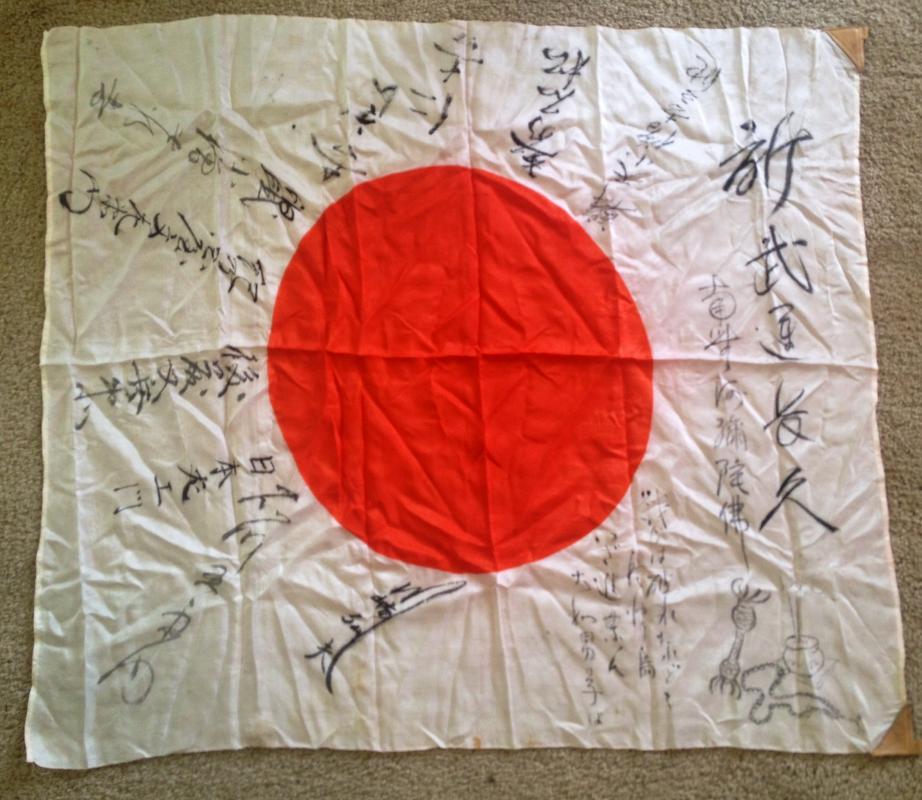
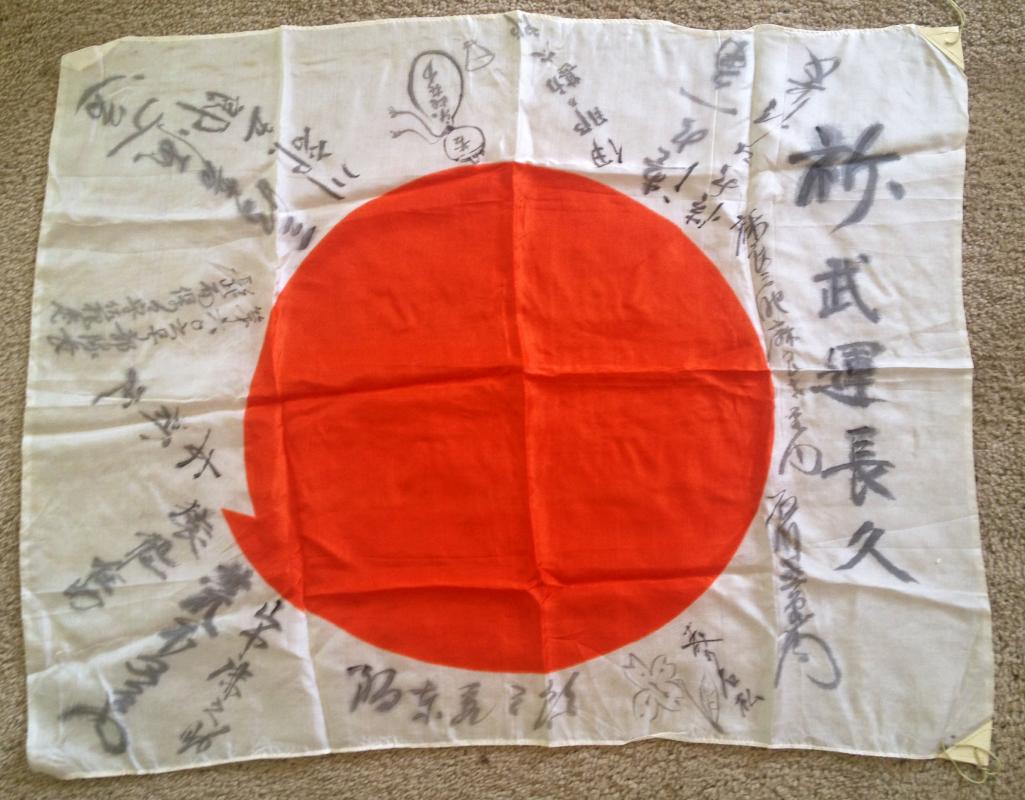
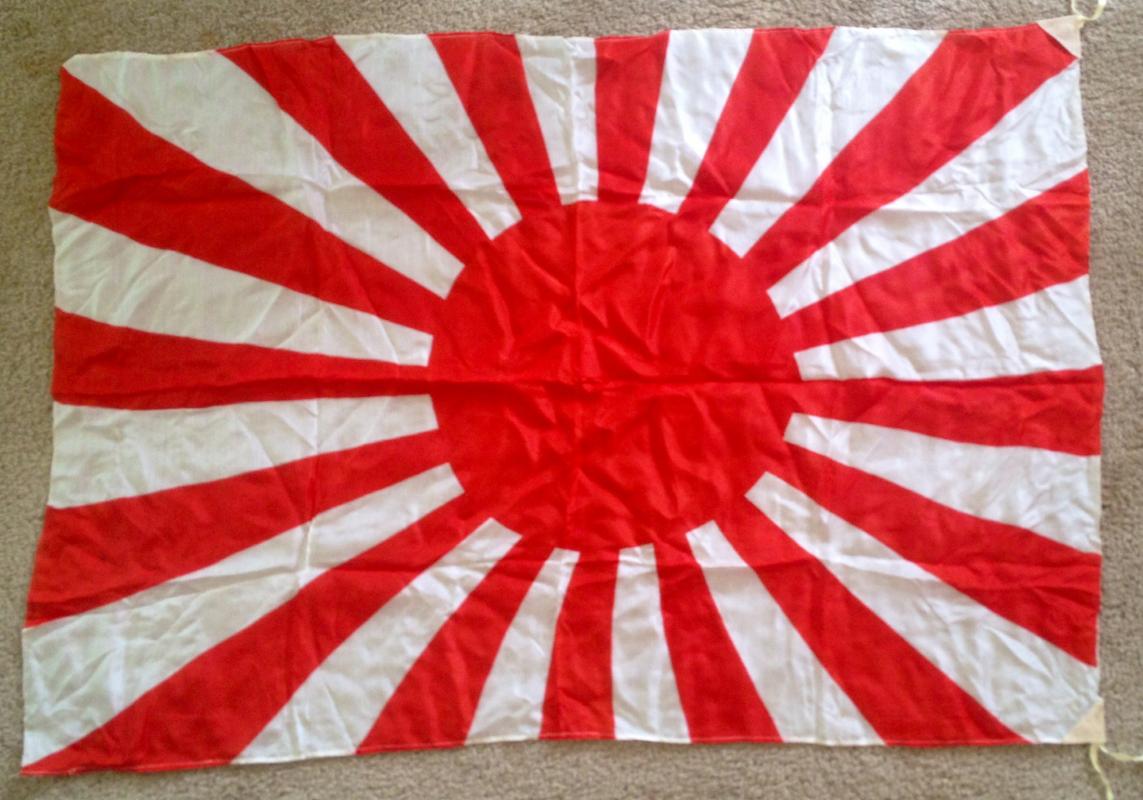 0
0 -
A few other things I've noted:
- Shouldn't he have a star on his National Defense Service Medal, for both Korea & Vietnam?
- Wouldn't he also be entitled to the Korean Presidential Unit Citation, which was awarded to all U.S. military members who participated in combat?
- Should he have at least one campaign star on his Korean Service Medal, since he undoubtedly participated in at least one campaign during his two tours over there?
I know from experience that veterans often do not have or display all of the awards and stars that they are entitled to. Just wondering...
0 -
The first two ribbons on the bottom row, and the two medals on either side of the neck badge in the shadow box photo, are Vietnamese decorations - the Psychological Warfare Medal and the Veterans' Medal. The neck order below the Medal of Honor is the Iowa National Guard's highest award, the Medal of Valor. Day was commissioned a 2LT in the Iowa National Guard and was activated to serve in the Korean War. He transferred to the active USAF at the end of the Korean War.
The Chinese medal with the ribbon device is the Chinese National War Memorial Medal. I do not believe it was ever officially accepted for wear by the US Armed Forces, but retirees, especially ones with the Medal, have some latitude.
Thank you Dave - you answered all of my questions!
I noticed on his Wikipedia page that he served as an enlisted Marine from 1942 until the end of WWII. The awards listed on his page have him holding a Marine Corps Good Conduct Medal, but that is missing in the photo of him above, as well as the picture that speagle shows with all of his medals. I wonder if someone just added that in there or if he was really entitled to the Marine Corps medal.
0 -
Ok, so from the picture above - what are the ones on the bottom row, 3rd from left & 2nd and 3rd from right, as well as the neck order in the bottom middle?
0 -
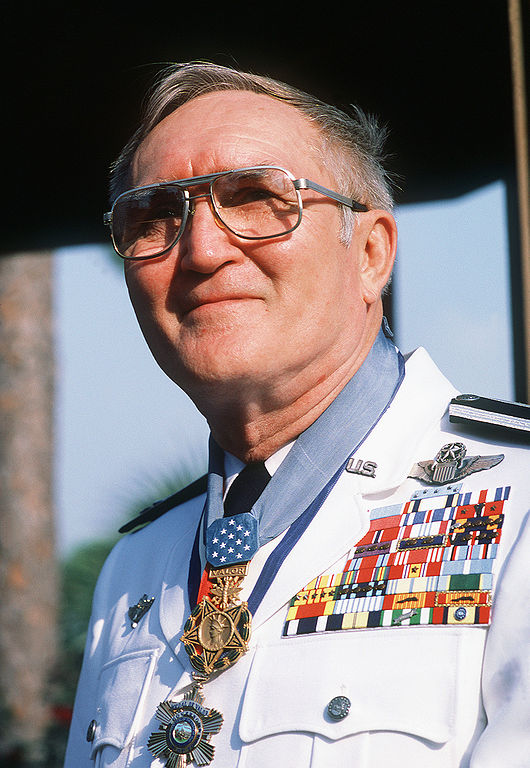
Does anyone know what neck order he is wearing under the Medal of Honor?
Also, apart from the Republic of Vietnam Campaign Medal, what are the three foreign awards on his bottom row?
0 -
I'm currently researching the wartime records of two WWII veterans. One was a B-24 bomber pilot with the 567th Bomb Squadron, 389th Bomb Group; the other was a light tank crewman with HQ Co, Combat Command "A," 10th Armored Division.
I've tracked some of the pilot's unit records to the Air Force Historical Research Association, but am attempting to locate the actual Mission Records for the missions he flew over France & Germany from Nov 43 - Feb 44.
I'm also trying to find the official unit history for CCA, 10th Armored.
Does anyone here know where I can find these records? I suspect they're at the National Archives in College Park, MD - but being in San Diego I have no way of getting out there to look them up at present.
Suggestions?
0 -
There's a very simple explanation for why the medals appear backwards when clipped onto the airmen's uniforms: they are upside down.
If you look at both pictures, the ribbons are hanging loosely from the metal plates that hold the ends of the ribbon together. The ID tag holder was then inserted underneath the pin clasp, but was done backwards. Thus, when the commander picks up the medal to clip it to the uniform, the only way it will go is if the medal is inverted, thus showing the reverse of the medal when it is attached to the uniform. Once the ID tag holder is removed, the medal can simply be flipped over to the correct position with the obverse showing.
0 -
There's also some regs about wearing different breast badges - Army Staff ID, Presidential/VP service, Drill Sergeant, Recruiting, etc. So you could wear up to two per pocket, I believe.
0 -
@ Paul Murphy-
To my knowledge, it's not a common practice for US medals to be engraved on the back. Usually, this is only done at private expense. I've never seen a US medal that was engraved/stamped on the edge - that seems to be a British practice.
0 -
What's the story with Schneider's Treasures? Is he a faker, too?
0 -
Actually, the ROK Defense Service Medal was created by the US - not by South Korea.
The Department of Defense press release from Feb. 9, 2004 had this to say:
The KDSM is a service medal to give special recognition for the sacrifices and contributions made by members of the U.S. armed forces who have served or are serving in the Republic of Korea.
Public Law 107-314 legislated the creation of a new medal to recognize military service in the Republic of Korea and the surrounding waters.
Members of the armed forces authorized the KDSM must have served in support of the defense of the Republic of Korea. The area of eligibility encompasses all land area of the Republic of Korea, and the contiguous water out to 12 nautical miles, and all air spaces above the land and water areas.
The KDSM period of eligibility is July 28, 1954, to a future date to be determined by the secretary of defense.
Servicemembers must have been assigned, attached, or mobilized to units operating in the area of eligibility and have been physically deployed in the area of eligibility for 30 consecutive or 60 non-consecutive days or meet one of the following criteria:
Be engaged in actual combat during an armed engagement, regardless of the time in the area of eligibility.
Is wounded or injured in the line of duty and requires medical evacuation from the area of eligibility.
While participating as a regularly assigned air crewmember flying sorties into, out of, within, or over the area of eligibility in support of military operations. Each day that one or more sorties are flown in accordance with these criteria shall count as one day toward the 30 or 60-day requirement.
Personnel who serve in operations and exercises conducted in the area of eligibility are considered eligible for the award as long as the basic time criteria is met. Due to the extensive time period for KDSM eligibility, the nonconsecutive service period for eligibility remains cumulative throughout the entire period.
The KDSM may be awarded posthumously, and only one award of the KDSM is authorized for any individual.
0 -
The only legitimate awarding of two Medals of Honor for completely separate actions were to SgtMaj Dan Daly, USMC (Boxer Rebellion, China and Haiti) and BGen Smedley D. Butler, USMC (Veracruz, Mexico and Haiti).
http://en.wikipedia.org/wiki/Daniel_Daly
http://en.wikipedia.org/wiki/Smedley_Butler
0 -
Would it be General Gleb Vladimirovich Baklanov?
01.08.1910-16.01.1976).
Promotions:
01.03.1943 Major-General
05.07.1946 Lieutenant-General
07.05.1960 Colonel-General
In 1941 he was a chief of staff of the 6th Motorized Rifle Regiment and he went on to command the 175th Motorised Rifle Regiment and the Battalion of students of Omsk Infantry School. In January 1942 he became commander of the 157th Rifle Brigade and in June 1942 299th Rifle Division. In may 1943 he became commander of the 13th Guards Rifle Division, which he command until September 1944, where he became commander of the 35th Guards Rifle Corps. He commanded this Corps until the end of the War. His career continued after the war ending it as CinC Northern Group of Forces in Poland in 1960.
0 -
Gentlemen, I'm afraid that I'm going to have to pass the honor of the next question to someone else, as I'm rather busy at the moment. Any takers?
0 -
You are correct, Dan.
But weren't you exempt from answering this question, since you answered the last one?
0





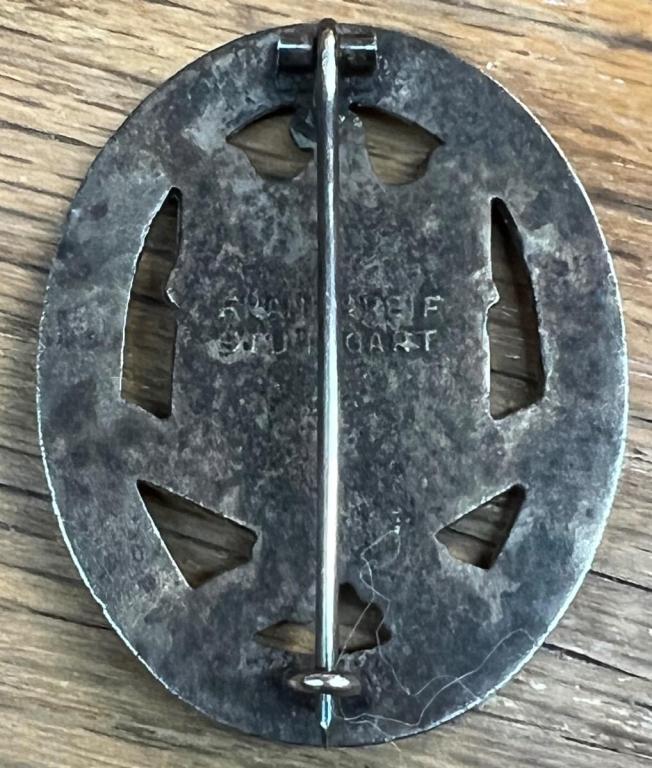
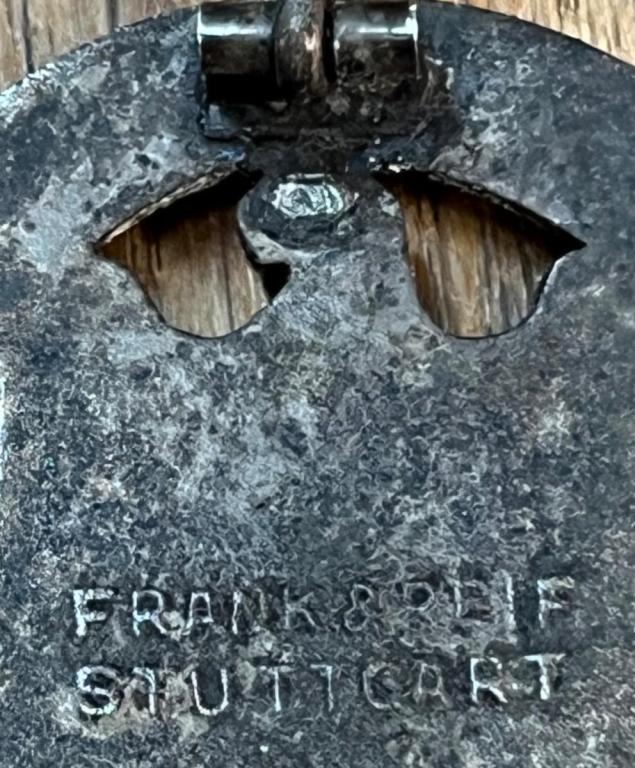
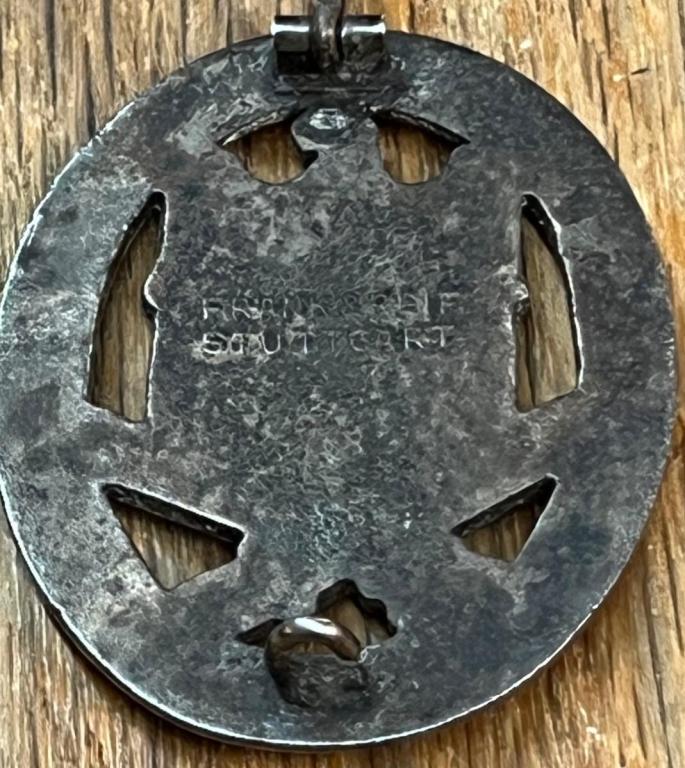
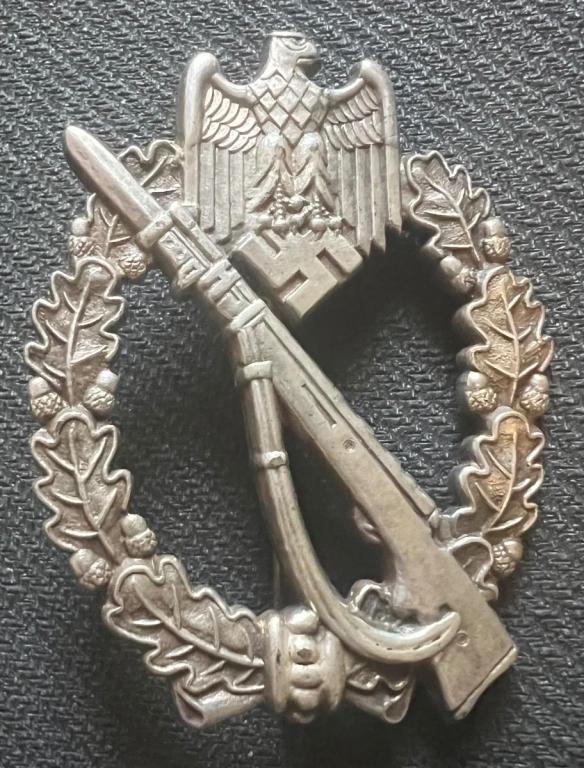
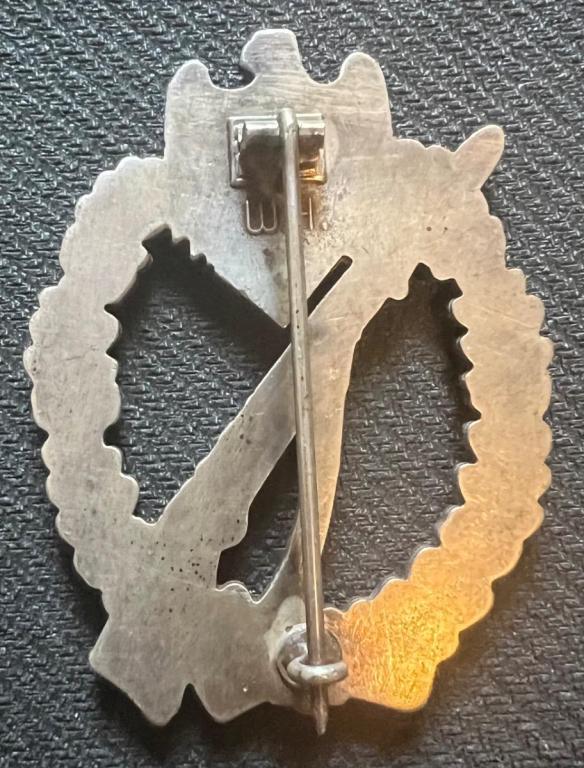

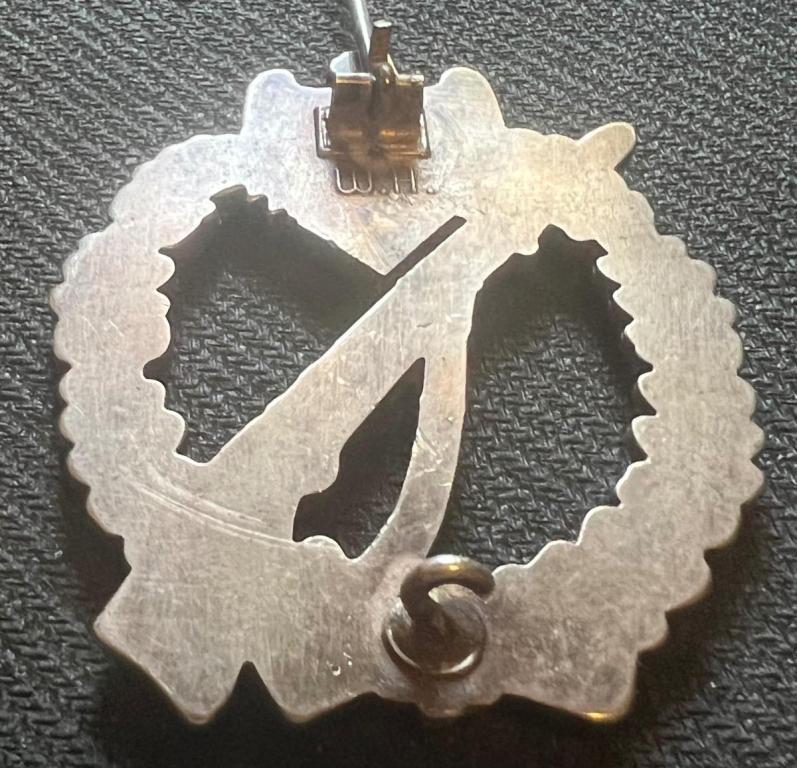

Box of chocolates IAB
in Germany: Third Reich: Wehrmacht Medals, Decorations & Awards
Posted
Well done! Those are all excellent!